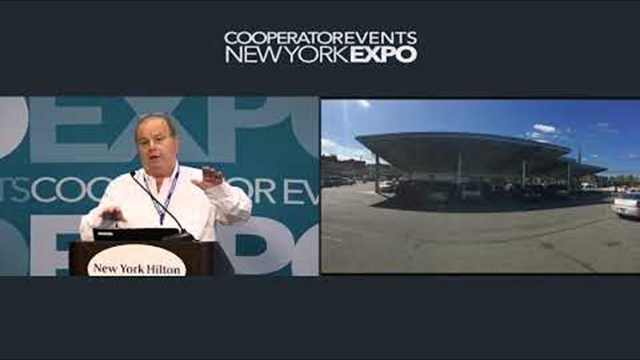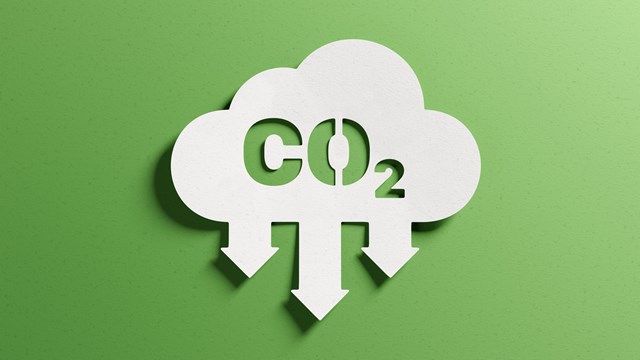
Green is the buzzword of the decade, with everyone from automotive manufacturers to professional sports teams rolling out high-profile environmentally-conscious initiatives. But board members, property managers, shareholders and owners have a duty to look after another kind of green—cash flow. Is it possible to select energy options that positively impact both types of green?
"Green energy" refers to electricity generated from renewable resources such as sun, wind, geothermal, hydro or biomass. Green energy supply options help reduce a building's carbon footprint, which is the amount of greenhouse gas emissions contributed to the environment. A percentage of the electricity consumed in New York is already green, and the percentage is on the rise. In 2004, the Public Service Commission created a Renewable Portfolio Standard (RPS) to increase New York's usage of energy generated from renewable resources. The policy, which is administered by the New York State Energy Research and Development Authority (NYSERDA), created incentives to increase the level from 19 percent in 2004 to 25 percent by the year 2013. Making conscious choices to use more green energy right now, however, can positively impact a building's finances as much as the environment.
Encouraging Conservation, Cutting Costs
New York has created several "green building" initiatives to encourage developers and builders to design and construct environmentally-friendly commercial properties. NYSERDA provides technical and financial assistance to those interested in building green. In addition, New York State's Green Building Tax Credit program was created by the New York State Department of Environmental Conservation at the beginning of the decade to provide tax credits of up to $2 million per building.
For existing buildings, discounted loans may make renovations and green retrofitting possible. Under the New York Energy Smart Program, if all or part of a multi-family loan is being used for NYSERDA-approved energy-efficient improvements, the loan may be eligible for an interest rate reduction for up to 10 years. The rate reduction is four percent less than a participating lender's or lessor's normal market rate for most of the state, and up to 6.5 percent in the Con Edison service territory.
Existing buildings and new construction can also get involved with the U.S. Green Buildings Council's Leadership in Energy and Environmental Design (LEED) Green Building Rating System. LEED gives building owners and operators the tools they need to have an immediate and measurable impact on their buildings' performance. Meeting LEED standards will help buildings run more efficiently, thereby saving money.
Even local utilities may offer rebates and other offsets to energy-efficient buildings. Con Edison, for example, has partnered with NYSERDA to offer the Power Savings Partner Program, providing incentives for electric load management and energy efficiency.
More Cost-Effective Options
New York power customers are fortunate to be operating in a deregulated energy market, which means that multiple electricity and natural gas suppliers compete with one another, creating the freedom to choose from a variety of products and terms. Determining a cost-effective green energy strategy means considering much more than just price, and overburdened board members may not have the time or expertise to shop nearly 20 suppliers in the New York market. As a result managing agents and boards are increasingly turning to independent energy advisors, or consultants, for help navigating the maze.
Energy advisors' and consultants' fees are usually paid in one of two ways. In many cases, the supplier pays the fee directly to the advisor when a supply agreement is finalized, meaning no out-of-pocket costs for the end user. The advisor can also set a flat fee in advance if that better fits the end user's business needs.
Whether boards and managing agents go it alone, aggregate or team up with an independent energy advisor, a strategic energy plan that includes green power allows shareholders to take advantage of government-funded conservation incentives—which means buildings can be green and still run lean.
Alan Kurzer is president of Tradition Energy and TFS Energy, with offices in 15 states, including New York. He was a founding member and is vice president of the Energy Brokers Association, the energy industry trade association of brokerage companies and exchanges.









Leave a Comment